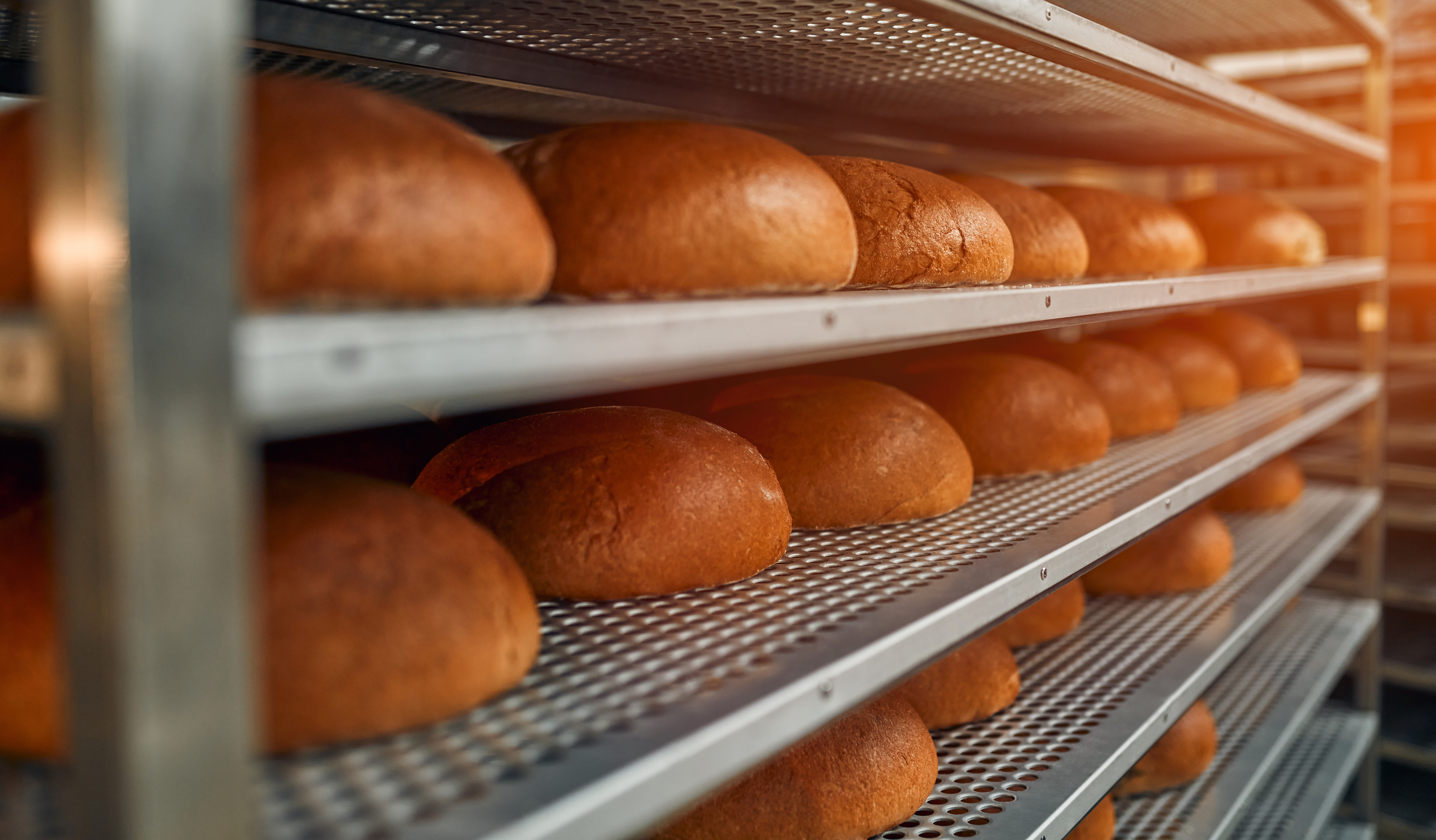Be Proactive and Identify Potential Food Safety Risks With a Risk Assessment
 Risk assessments are the backbone of any functioning food safety system and are necessary to identify potential hazards and risks in the workplace. Building a risk mindset at your site can assist you in supporting your site’s food safety culture.
Risk assessments are the backbone of any functioning food safety system and are necessary to identify potential hazards and risks in the workplace. Building a risk mindset at your site can assist you in supporting your site’s food safety culture.
Applying data insights to determine risk is a way to enhance a food safety system and identify where potential hazards could arise. Through the use of actionable data, an effective risk assessment that ultimately mitigates and manages risk in the workplace can be created.
What Is a Risk Assessment?
A risk assessment is where a practitioner and the food safety team performs a structured approach to identify, evaluate, and estimate levels of risk to an identified hazard that might be present or reasonably likely to occur.
SQF Edition 9 comes with a specific set of requirements and risk assessments for each dedicated Code. These include details of how to perform risk assessments in topics such as Allergen Management, Food Defense, Food Fraud, and Document Control.
Hazards vs. Risk
When creating a risk assessment, an important distinction is the difference between hazards and risks.
Hazards are factors that lead to undesirable effects, such as a substance in food that can cause an adverse health effect to the consumer. This substance could be anything from salmonella to metal shavings.
Risk looks at the likelihood that hazards will occur and considers the severity of these potential hazards. A risk matrix is a tool used in risk assessments that use the variables of likelihood and severity to define levels of risk.
Once hazards and risks are identified, a risk assessment allows you to create control measures to mitigate these dangers.
The Importance of Data
Strong data can be an incredible tool for evaluating risks and hazards. Utilizing the data you have on hand can help you identify the level of risk posed by the hazard or threat.
Whether the data you use comes from audit reports, databases, consumer feedback, or campaign insights, the collection of data is invaluable in the effort to identify, and then assess the severity and likelihood of hazards.
SQF Risk Management: Data Insights for Risk Management Program
For more information regarding Data Insights for Risk Management, see our new course, SQF Risk Management: Data Insights Program. This special course available through self-paced online learning, will review the processes of a risk assessment and help you learn how to meet the specific requirements outlined in the SQF food safety Codes.
The New SQF Risk Management Collection is created by SQF and designed for cross-functional teams, not just the SQF practitioner. It includes seven courses into the most critical areas of risk management, including data insights for risk management.
Our new SQF Food Safety Risk Management Collection is available for purchase for $899. The SQF Data Insights for Risk Management course is available for $189.
Recent Blog Posts
The FMI Foundation, in partnership with SQFI, awarded 19 scholarships from 152 applications for the 2025-2026 Food Safety Auditing Scholarship program.
Private brands in the grocery industry are experiencing significant growth, evolving from budget alternatives to strategic assets that drive customer loyalty and distinguish retailers.
Recall prevention means embedding food safety throughout your operations so those failures never reach the customer.




